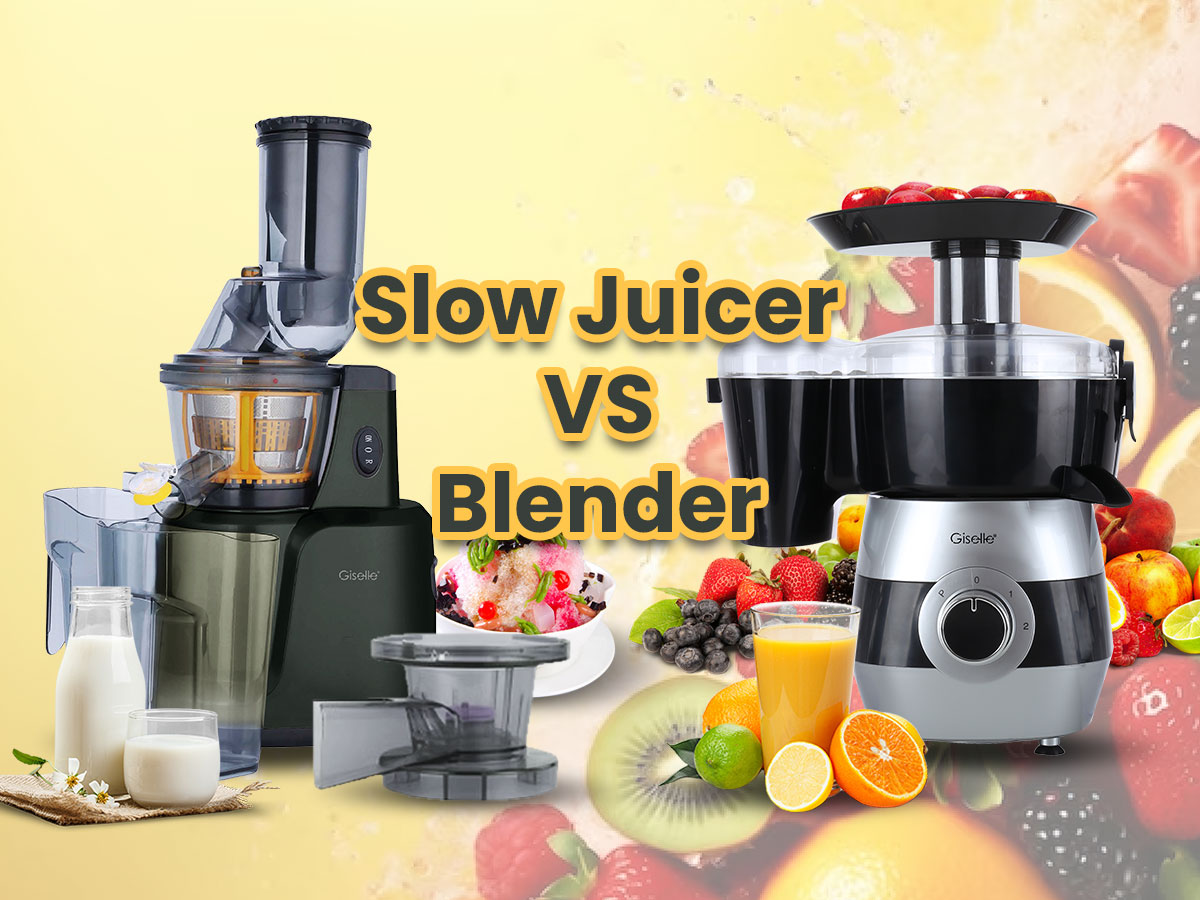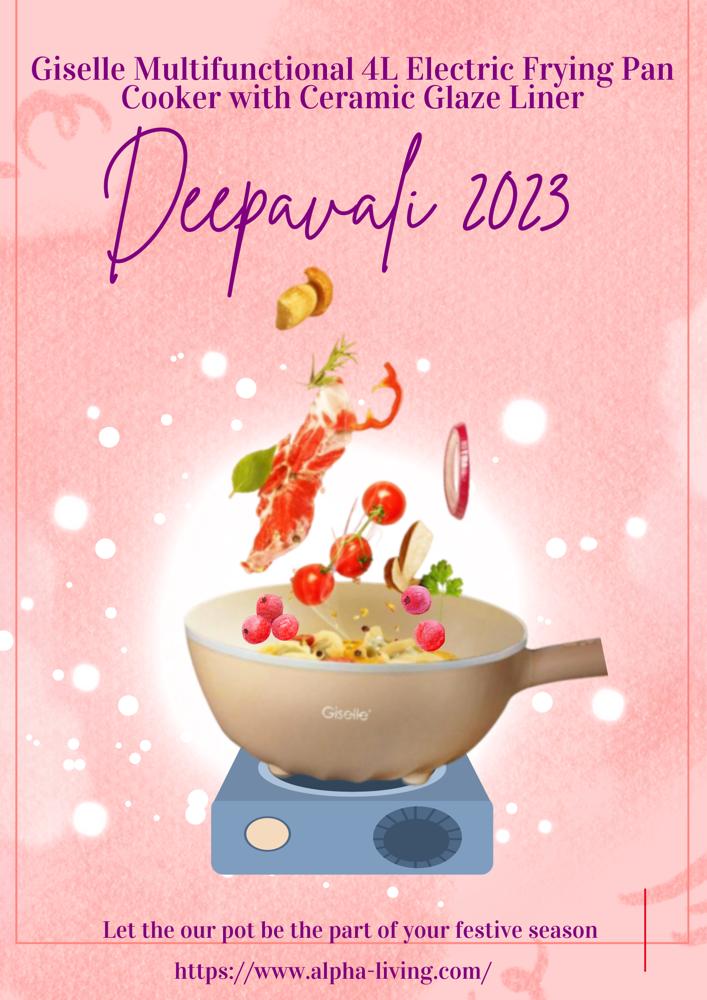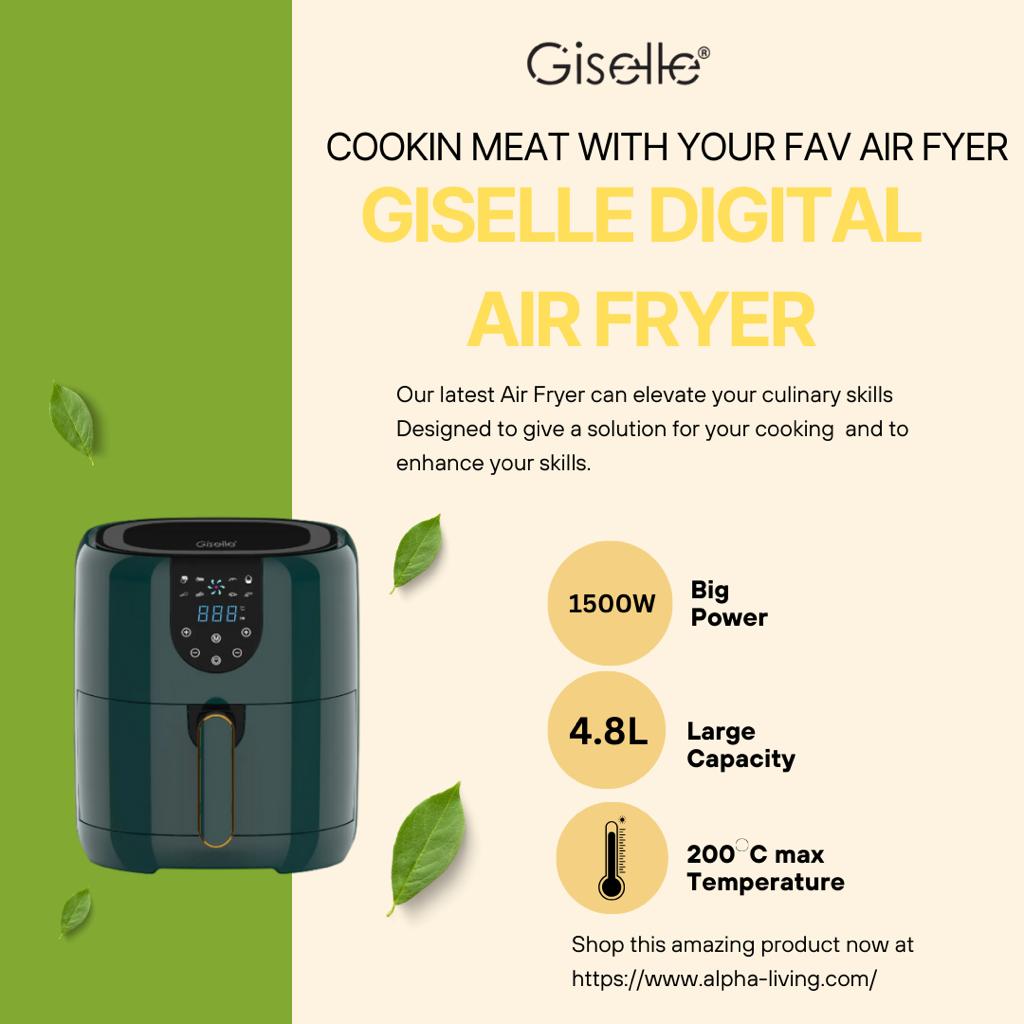Difference between Slow Juicer & Blender
Sep 15,2023 | Giselle

When it comes to the differences between slow juicers and blenders, there are several key factors to consider. Slow juicers, also known as masticating juicers, operate at a slower speed compared to blenders. This slower speed helps to extract juice from fruits and vegetables more efficiently, resulting in a higher yield and retaining more nutrients.
On the other hand, blenders are designed to blend ingredients together, creating a smooth consistency. They operate at a higher speed, which can sometimes generate heat and potentially degrade the nutritional value of the ingredients.
Slow juicer:
- A slow juicer extracts juice from fruits and vegetables by slowly rotating a screw, maximizing the retention of nutrients and freshness.
- It separates the fiber from fruits and vegetables, resulting in purer and easily digestible juice.
- Slow juicers can typically handle various hardness levels of ingredients, including nuts and leafy greens.
- Due to the slow extraction process, slow juicers produce juice at a slower pace but generate less heat and oxidation, thereby preserving more enzymes and nutrients.
Blender:
- A blender mixes ingredients together by rapidly rotating blades, making beverages, thick soups, purees, etc.
- It can completely break down whole fruits and vegetables, including the fiber, resulting in thicker beverages.
- Blenders are generally suitable for soft ingredients such as fruits, vegetables, and ice cubes.
- Due to the high-speed blending, blenders generate more heat and oxidation, which may reduce the content of some enzymes and nutrients.
In conclusion, the main differences between slow juicers and blenders lie in their operating speed, end product consistency, versatility, and cost. Understanding these distinctions can help individuals make an informed decision based on their specific needs and preferences.



